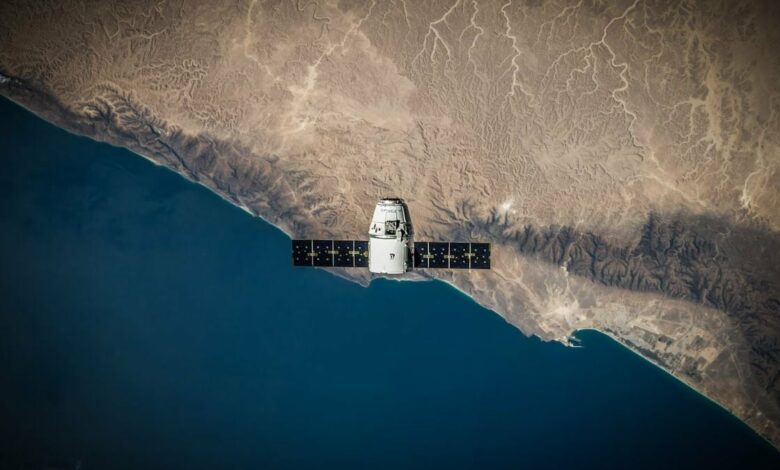NASA is reportedly launching a satellite that will mimic a real star

NASA is preparing for a new mission, called the Landolt Space Mission, by the end of the decade, which will deploy a satellite that will function much like an artificial star. The mission’s main goal is to improve the precision of ground-based telescopes and thus increase our knowledge of the universe. The satellite is set to launch in early 2029 and will be about the size of a loaf of bread.
The lab will house eight lasers that will deliver everything from the light of stars to that of a supernova. This satellite will serve as a new calibration technique for astronomers to fine-tune their telescopes and other instruments in observatories. This will allow them to make more precise measurements of real celestial objects.
The artificial satellite will be placed 35,785 kilometers above the Earth. This distance will allow it to be in a geostationary orbit, which will be stationary when viewed from Earth. According to a news outlet after George Mason University Principal Investigator for the mission Peter Plavchan said the distance is intended to make the satellite appear more like a real star. Furthermore, the geostationary positioning will remain over the U.S. for the first year, allowing for better observation by NASA and other independent observatories in the country.
The artificial star will be invisible to the naked eye but will be easily detectable by typical telescopes that use digital cameras to capture images. If adopted, this setup could help astronomers refine changes in the brightness of stars and related characteristics with greater precision. The mission, named after Arlo Landolt, a key player in creating catalogs of stellar brightness, was approved by NASA in February and announced to the public on June 10. The effort, the company says, would require 30 people and has an estimated price tag of $19.5 million (about Rs. 162.8 crore).
The Landolt Space Mission is a breakthrough in space exploration. As a more consistent and familiar celestial ‘landmark’, it will allow scientists to better calibrate their methods and secure more precise data with every observation — effectively revealing more of the mystery of the cosmos.




